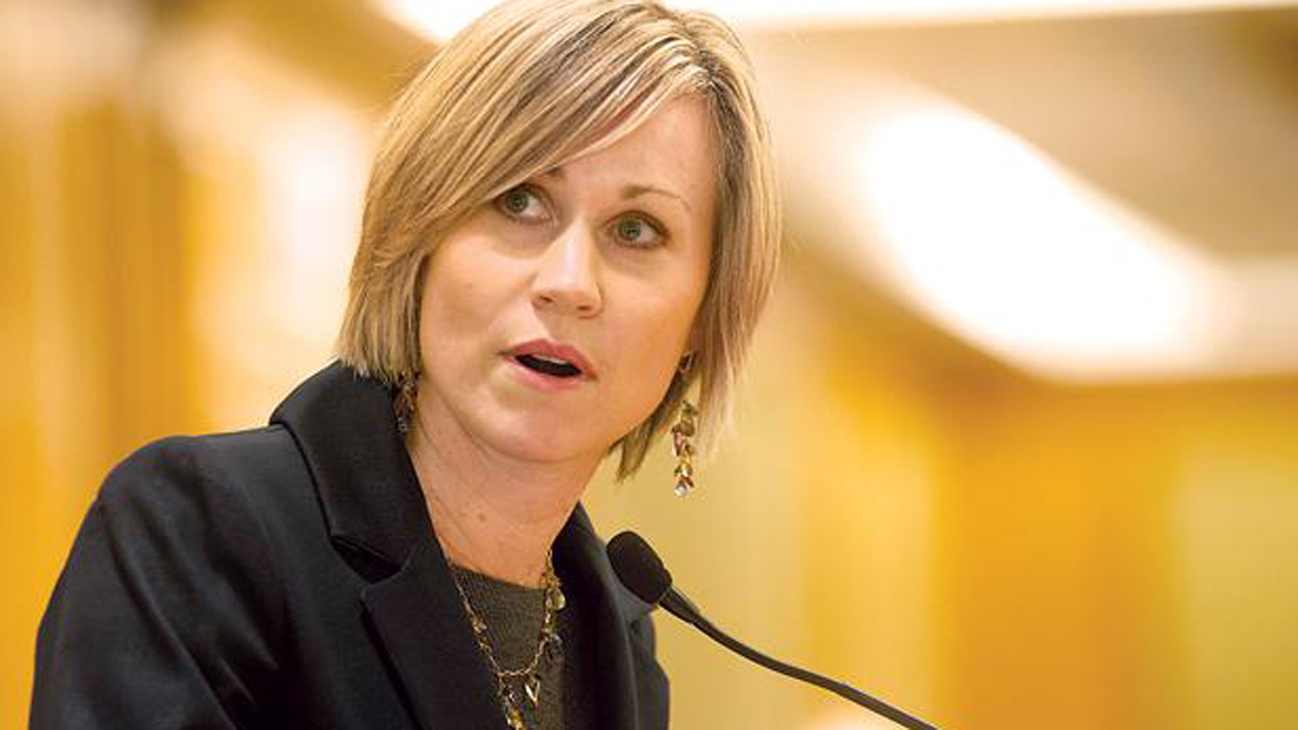Toronto’s chief planner thinks this city has had enough.
Enough with the delays, the congestion and the massive unpredictability of getting around this city. Enough with the packed subway trains, interminable waits in traffic and short turns that dump passengers into the freezing cold.
Enough with the same old excuses for why things keep getting worse.
Jennifer Keesmaat moved into the top job at city hall’s planning department last summer. Looking at the state of transportation in Toronto and across the wider GTA, she describes us as a city that has reached its “tipping point.”
“We didn’t address this issue in a substantive way 10, 15, 20 years ago,” she tells me. “If you don’t do what you ought to do in terms of good transportation planning, it eventually comes to a point where it affects everyone. Congestion becomes a part of your daily life.”
To that end, Keesmaat’s department, with the support of city council, has launched Feeling Congested? an extensive consultation campaign designed to collect public input on this topic.
Yes, the campaign will ask Torontonians for their thoughts on revenue tools to pay for transit. There will be talk of things like sales taxes, road tolls, increased parking fees and other mechanisms formerly walled off from political discourse. But the conversation won’t stop there.
“We have to fully link transportation planning to land-use planning,” she says. That means density. That means building neighbourhoods that are walkable — something Keesmaat feels particularly passionate about. And that means thinking carefully about maximizing the value we get out of transit expansion projects.
“It’s not good to build large transportation infrastructure and then to underutilize it,” she says. “We actually have an obligation in areas where we have great access to public transit to ensure that the density responds.”
With some neighbourhoods ready to go to war over proposals for six-storey buildings, that won’t be easy. Nor will it be easy to get people on board with any of the 14 suggested transit-funding revenue tools at the heart of Keesmaat’s consultation process. But she’s not seeing any other options.
“An important part of this process is a recognition that, look folks, we’re getting what we pay for. And we haven’t invested in a long time.”
Plus, there’s the future to consider — Toronto’s legacy as a city that isn’t paralyzed by congestion. Keesmaat thinks a lot about that.
“My hope is that there’s someone sitting in my seat 10 or 15 years from now saying, ‘Thank God they had the vision to really confront this issue head on and make some really important decisions about investing in how we move.’”
——
Original Article from Metro News
Written by Matt Elliot

